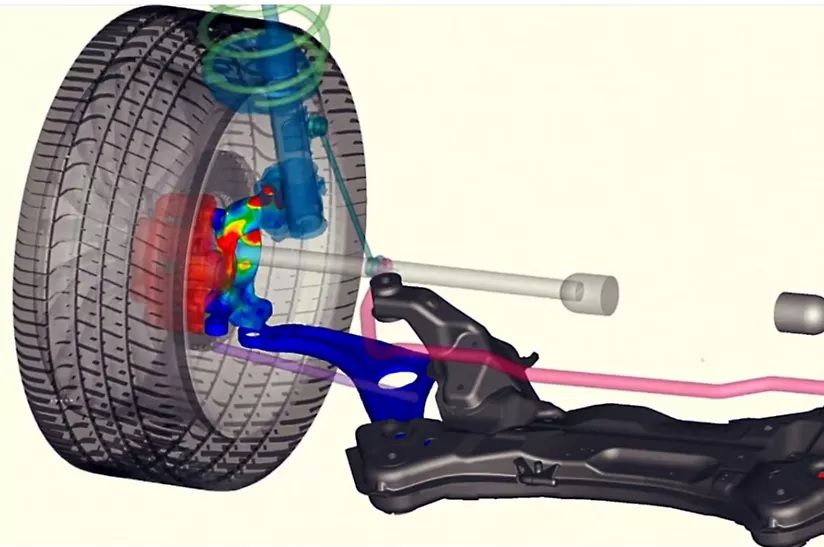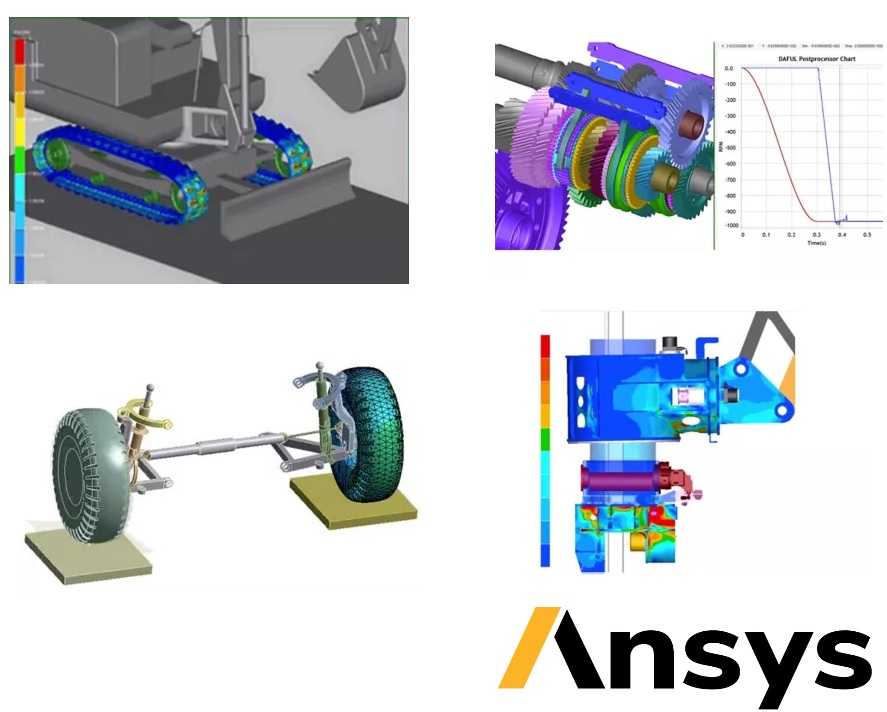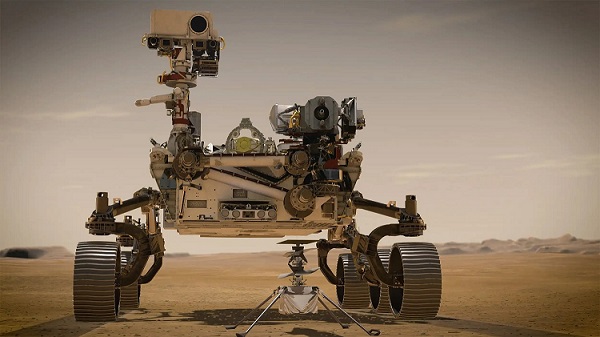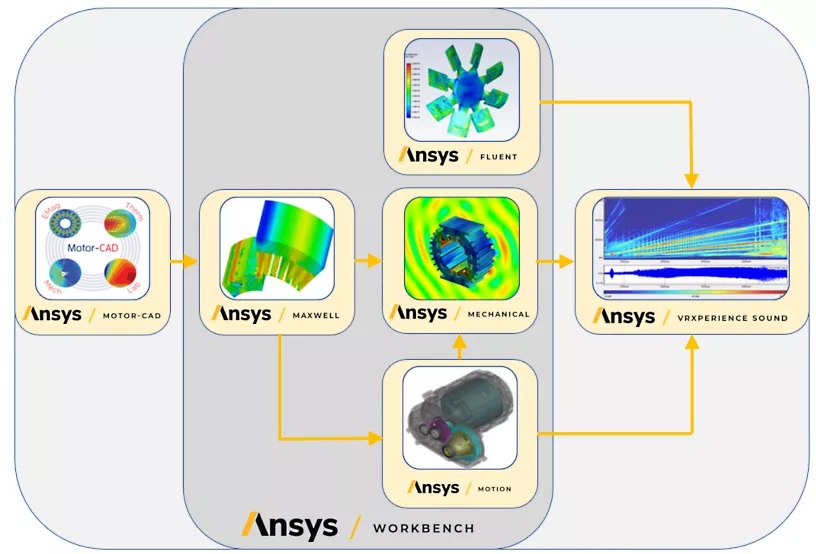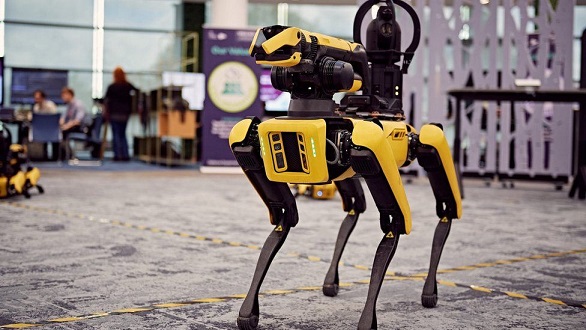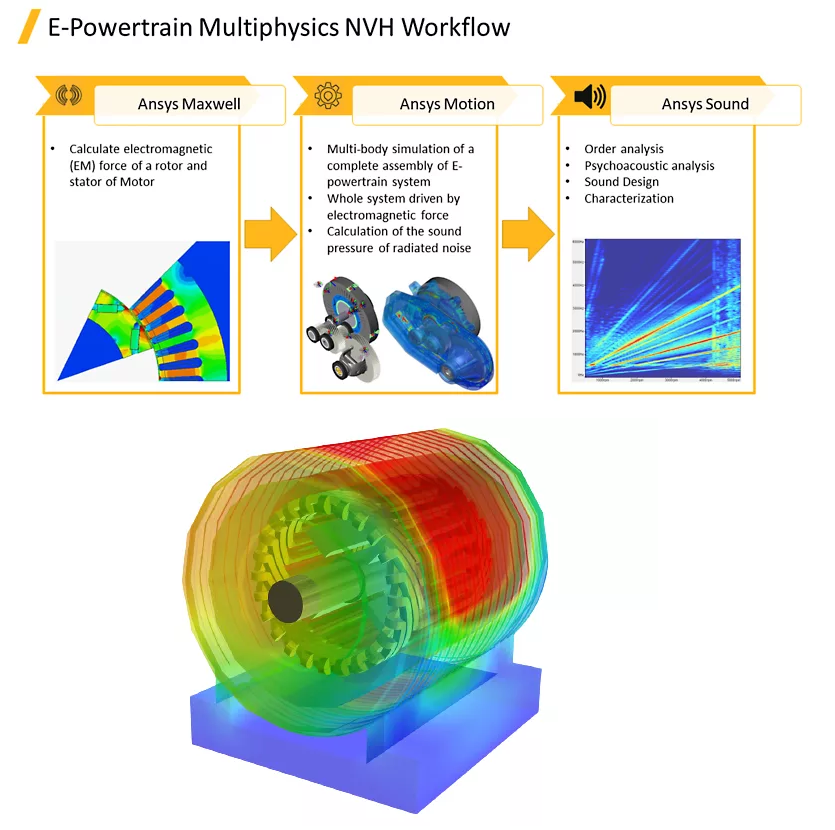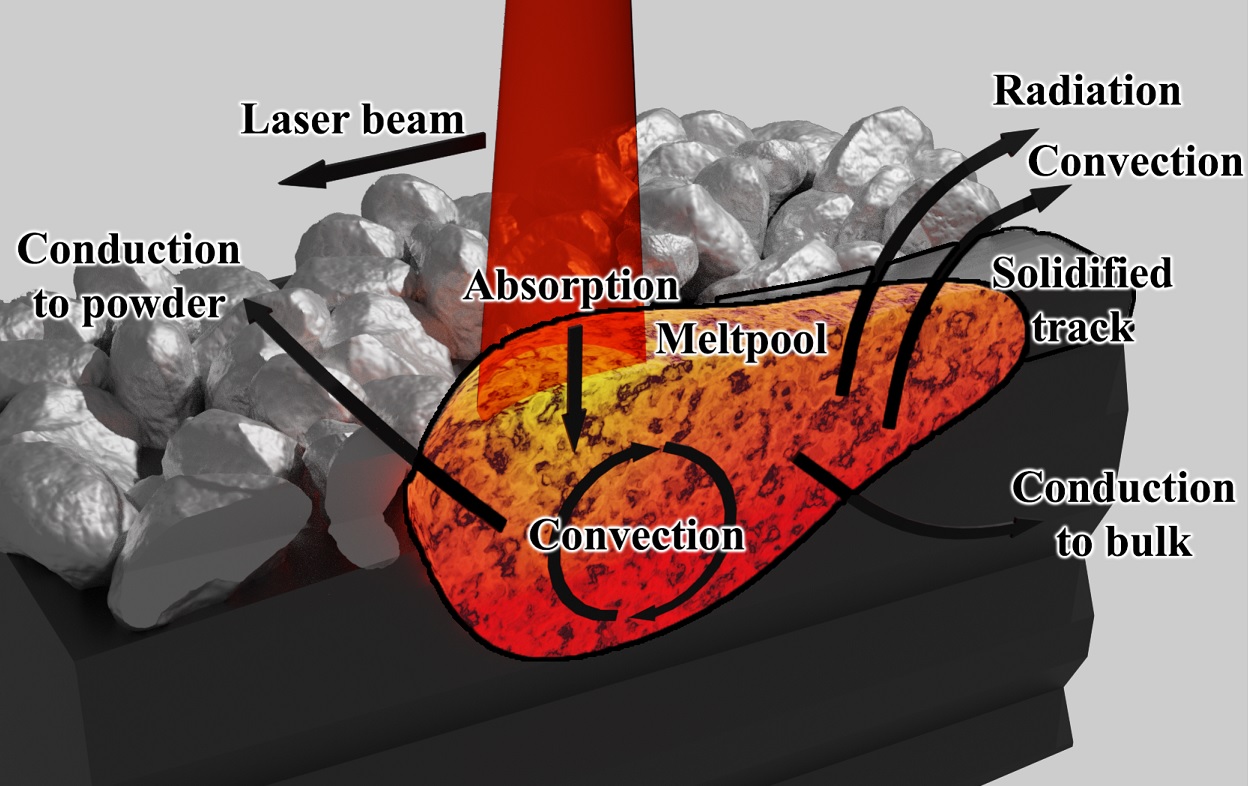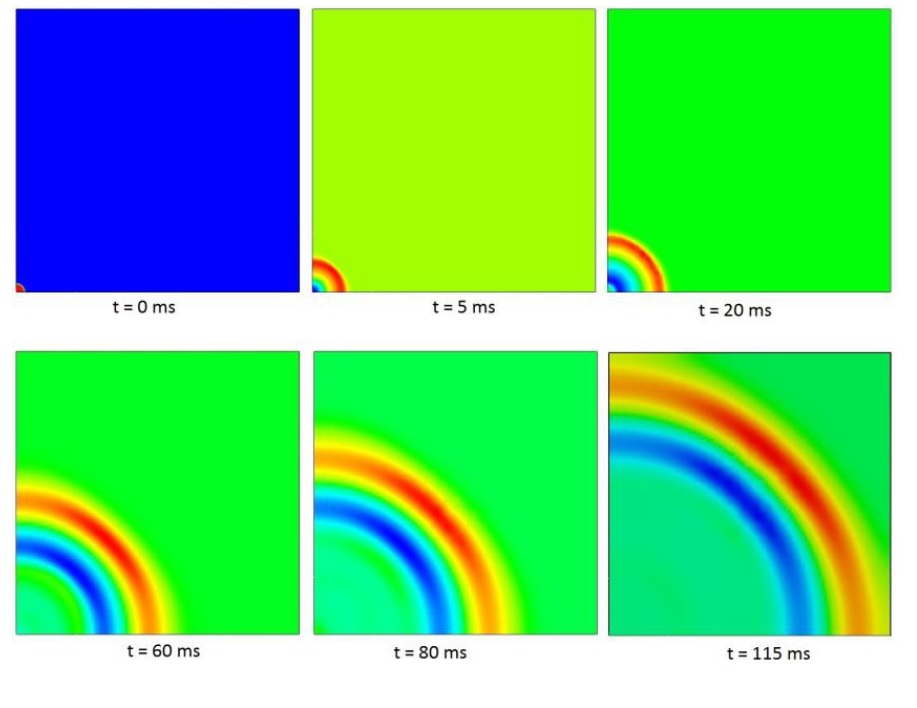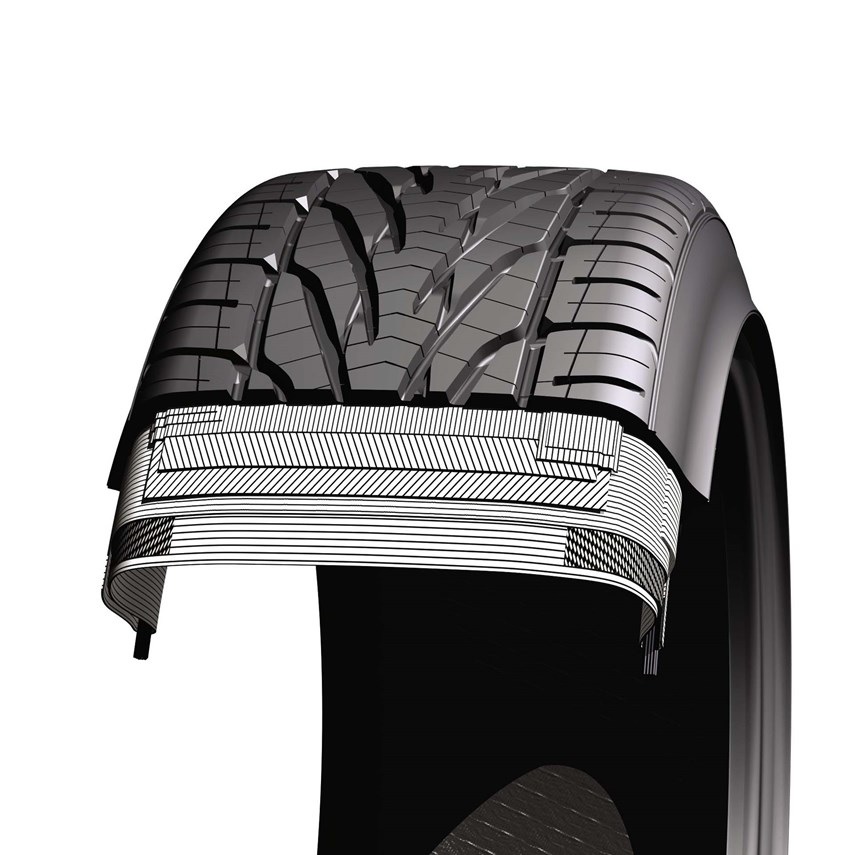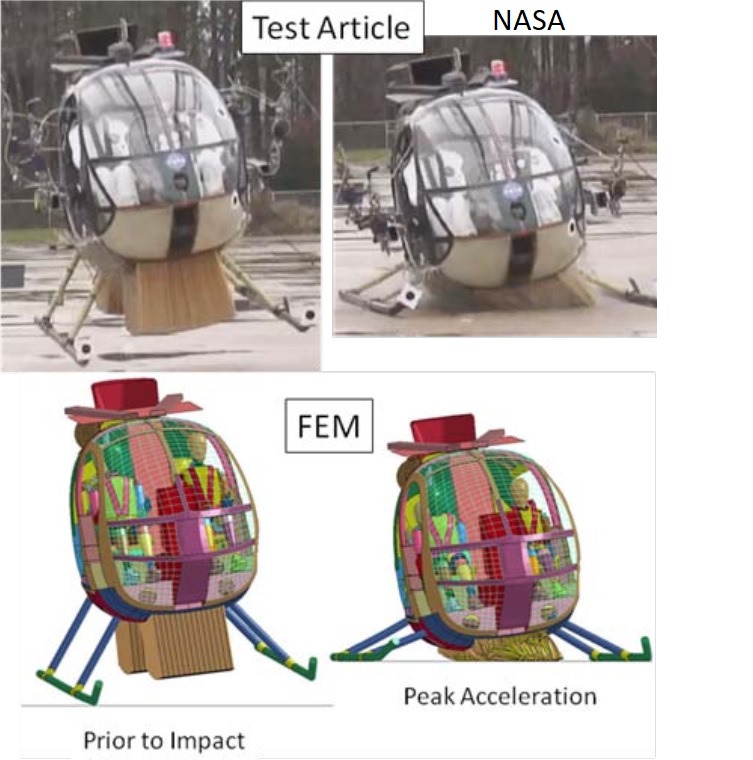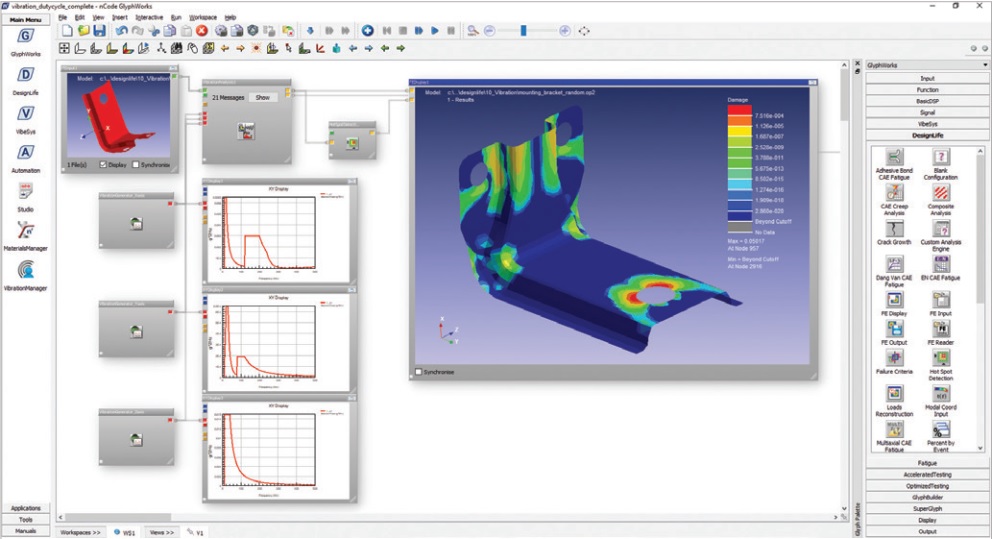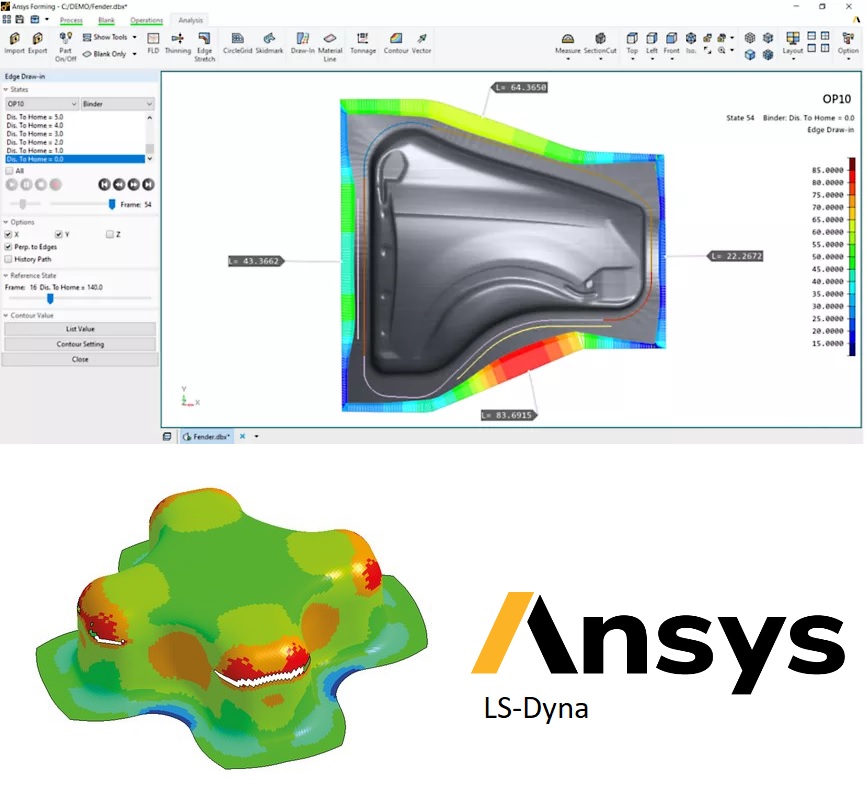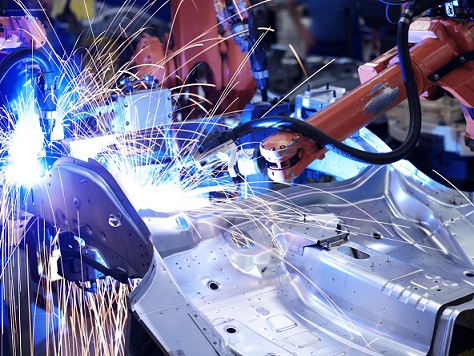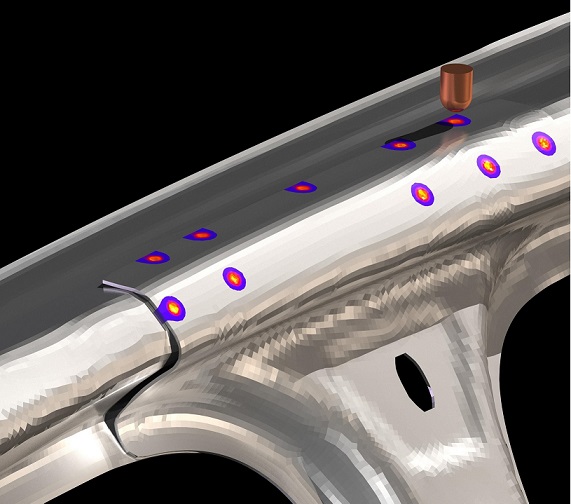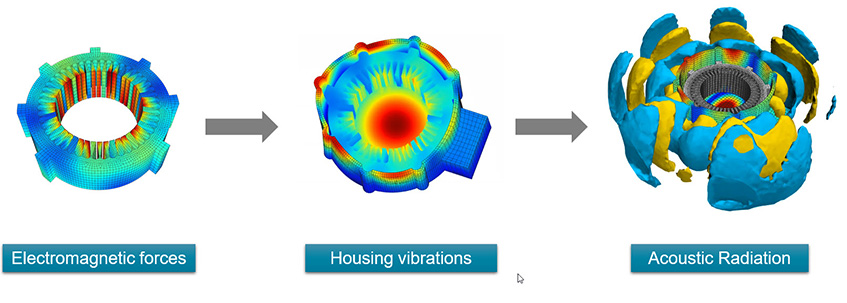Multi-body dynamic (MBD) simulation is a powerful tool for analyzing and optimizing the performance of different subsystems within a vehicle. By simulating the motion of multiple bodies within a vehicle, MBD simulation can evaluate how different subsystems interact with each other and how they affect the overall dynamics of the vehicle.
MBD simulation can be applied to a wide range of vehicles, including on-road and off-road vehicles such as cars, trucks, motorcycles, buses, and land machinery. It can also be used to analyze different aspects of vehicle performance, including handling, ride, driveline, comfort, and noise, vibration, and harshness (NVH).
For example, MBD simulation can be used to evaluate how changes to the suspension system or steering components affect the handling and stability of a vehicle. It can also be used to simulate the behavior of the driveline, including the interaction between the engine, transmission, and wheels, to optimize the vehicle's acceleration and fuel efficiency.
MBD simulation can also be used to evaluate the comfort and NVH characteristics of a vehicle, such as the level of vibration and noise experienced by passengers. This can include simulating the interaction between the vehicle and different road surfaces, as well as evaluating the performance of different components such as tires and suspension systems.
MBD simulation is also used in real-time applications such as Hardware-in-the-Loop (HiL), Software-in-the-Loop (SiL), and Model-in-the-Loop (MiL) testing. In these applications, a virtual model of the vehicle is integrated into a real-time testing environment to evaluate its performance in a variety of scenarios, from normal driving conditions to extreme operating conditions.
